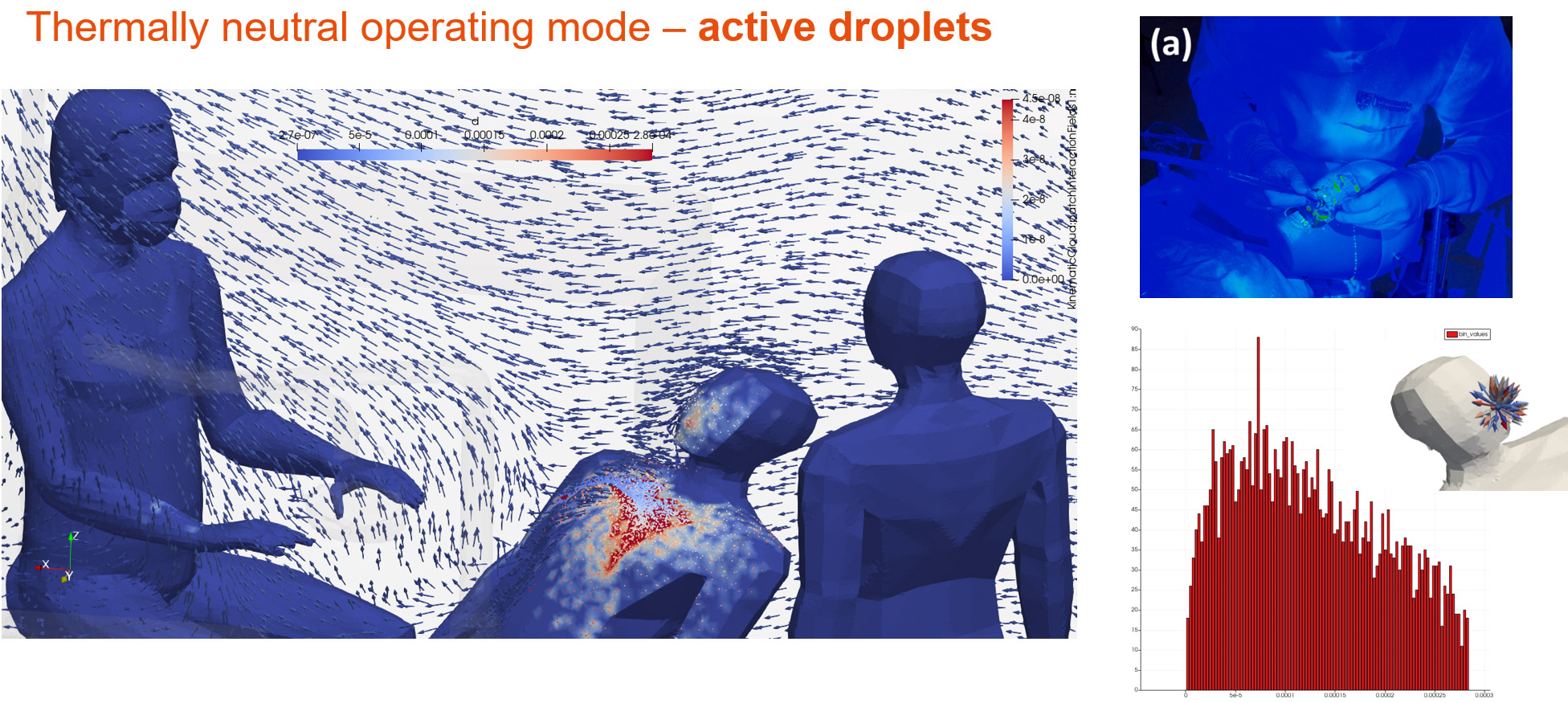Professor Chris Hopkins has conducted a study, in collaboration with co-authors, to understand whether UVC air sterilisation devices are an effective strategy to reduce airborne transmission risk in hospitals.
The second wave of the SARS-CoV-2 pandemic saw an overwhelming increase in hospital admissions which led ITU teams to consider expanding to ward areas to manage critically ill patients. The teams requested an urgent review of the feasibility, efficacy and safety of UVC air sterilisation devices to reduce the length of the fallow period between patient procedures required for the room ventilation system.
A Computational Fluid Dynamics (CFD) expert group was established to model the flow dynamics within a dental treatment room in Birmingham Women’s and Children’s NHS Foundation Trust to see if there was an improvement in clean air after introducing UVC sterilisers. The results from these studies can be found via our case study page.
The overall impact of the project found that CFD modelling suggests a significant improvement in ‘clean air’ after introducing UVC sterilisers, and early work with the PCR detection method for SARS-CoV-2 seems to confirm this. The improvement is seen in both age of air and ‘air mixing’ when placed in an optimum position, with no significant issues raised from real-world testing. There is currently ongoing work to develop standards for using portable air cleaning devices in a range of clinical settings.
To find our more visit our case study page today.


